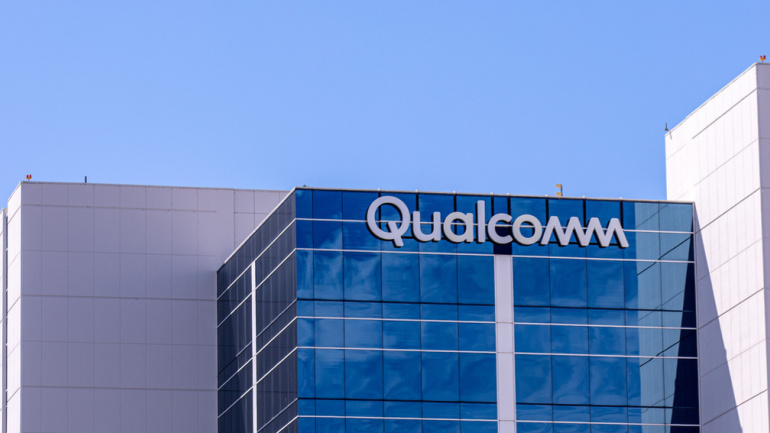Telecom operators tapping into satellite partnerships could see a tremendous financial boost, as Juniper Research predicts a revenue uplift of US$17 billion from 2024 to 2030. With reliable geostationary orbit satellites from operators like SES and Intelsat, these partnerships promise dependable connectivity and advanced billing infrastructure to a broad customer base. Significant advancements are expected within the satellite-based 5G network landscape, transforming coverage, throughput, and resilience.
To uncover the dark secrets behind this staggering figure and delve deep into the issue of AIT fraud, we sat down with Tim Ward, the Vice President of Number Information Services at XConnect. With over three decades of experience in the telecoms industry, Tim Ward brings a wealth of knowledge and insights to the table. At XConnect, he has taken the helm of the Number Information Services division, leading initiatives in sales, marketing, and product management. Under his guidance, XConnect has launched innovative services that set new standards for access to network, service, and user information.
Calix, Inc. sets a new benchmark in the telecommunications landscape with its innovative solution, Calix SmartBiz™, now reaching the UK market. This transformative service specifically facilitates the 5.5 million SMEs across the UK, providing alternative service providers a fresh approach to offer customised, comprehensive solutions including managed Wi-Fi and enhanced network security services.
Prominent UK telecom companies like BT, VMO2, and Vodafone have been selected beneficiaries of government funding for research into Open RAN technology. Innovative projects, with a focus ranging from energy efficiency to security, will share in the £88 million ($121 million) funding. The main goal is to figure out whether Open RAN can rival traditional RAN, especially in high-traffic areas and rural deployments, in terms of cost, reliability and energy consumption.
Metazoa pioneers AI in Salesforce with their Intelligent Assistant, enhancing administrative capabilities. HP wows with its Spectre Fold, a versatile $5,000 three-in-one device. Japan’s blockchain AI market skyrockets, set to grow by 24.2% CAGR thanks to government support, business adoption, and venture capital investments. Lastly, Emoji 15.1 introduces fresh icons, including headshakes, a phoenix, and more.
Intermedia Cloud Communications, a leader in cloud solutions, proudly announces its seventh J.D. Power Certification for Outstanding Customer Support. This recognition highlights the company’s unwavering commitment to superior customer experiences.
The surging interest in cloud-based applications represents a flourishing sector of the tech sphere, by providing an enhanced user experience and considerable savings on terminal investments. Telecommunication giant, ZTE, demonstrates this potential with their virtual STB (vSTB) solution in the television industry – a pioneering effort that bypasses traditional terminal downturns hampering TV service expansion. This solution effectively confronts challenges of limited service quality and hard adaptation processes linked with operator TV services, and eliminates sizable terminal outlays. Similarly, the cloud STB product presented by China Mobile and ZTE capitalises on China Mobile’s robust computing capacities and thus streamlines content broadcast to every terminal.
Discover how Belgium’s telecommunications giant Proximus has embraced 5G technology and AI-powered vision to resolve an age-old warehouse challenge – instantaneous inventory tracking. By using 5G-enabled drones, warehouse managers can have continuous oversight and control of stock levels. This advanced management system contrasts sharply with traditional methods of RFID tags and barcodes, that despite being effective, have notably limitations due to their laborious nature.
Apple’s pursuit of self-reliance in 5G technology is put to the test as it continues its reliance on Qualcomm’s Snapdragon 5G Modem‑RF Systems till 2026. Despite acquiring Intel’s modem segment after a failed business collaboration, Apple’s efforts to create an in-house 5G modem cast doubt on its separation from Qualcomm. The competition intensifies with Huawei’s claim of a successful 5G modem design, amidst the encroaching discussions on 6G technology.
Brought forth by the Wireless Broadband Alliance (WBA), the exciting implementation of Wi-Fi 7 offers to revolutionize our wireless possibilities. This tech breakthrough, outpacing previous Wi-Fi versions, promises double the bandwidth and triple the speed, enabling impractical or seemingly impossible applications to become reality. The technology, based upon the IEEE 802.11be standard, will enable channel widths up to 320 MHz and support 4k QAM. With the potential for widespread deployment, Wi-Fi 7’s multi-link operation could mark a future with enhanced Wi-Fi experiences and low-latency immersive applications. However, the prerequisites of a solid fiber connection highlight challenges in achieving full-scale benefits.













